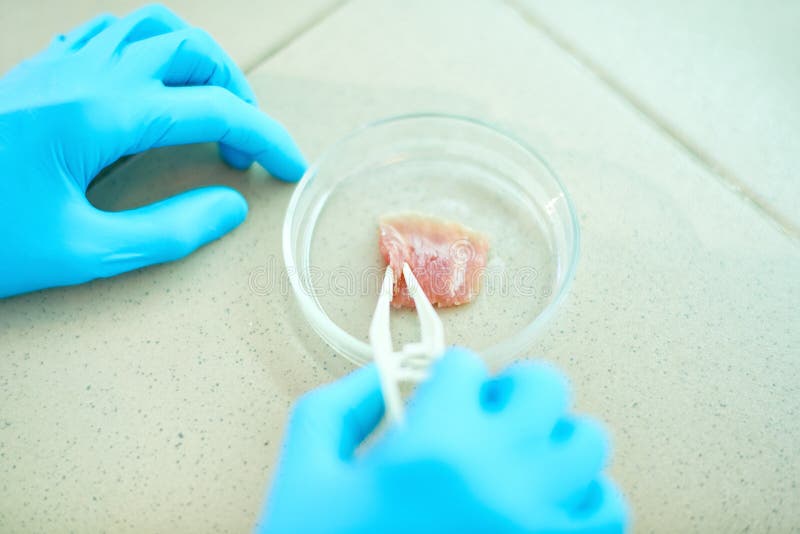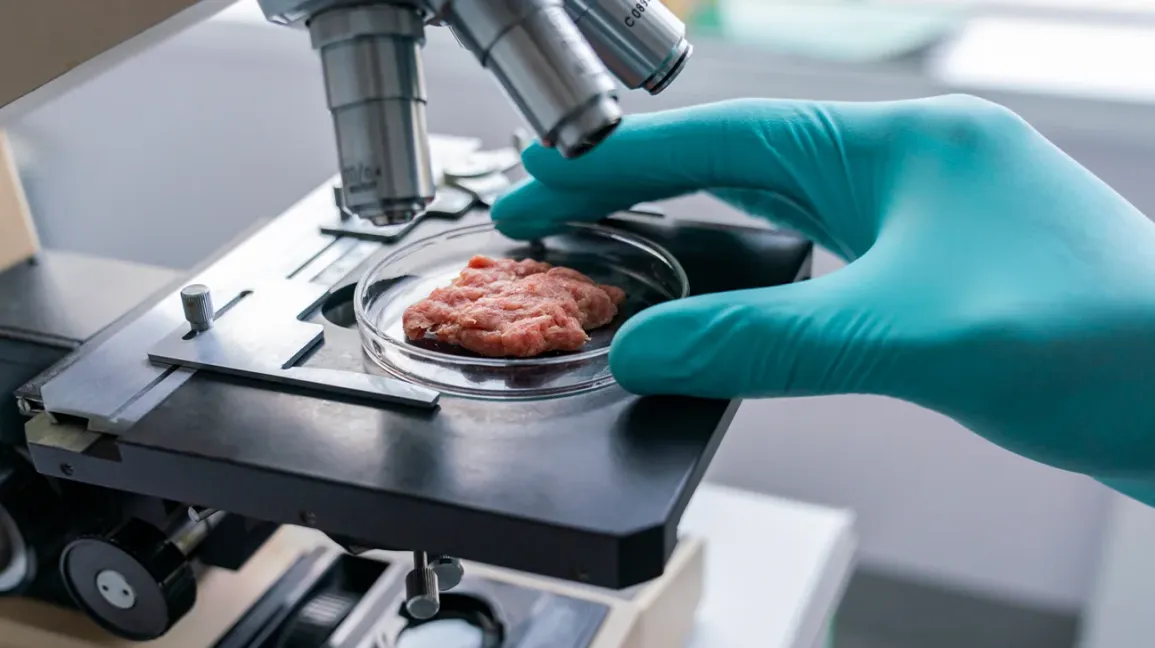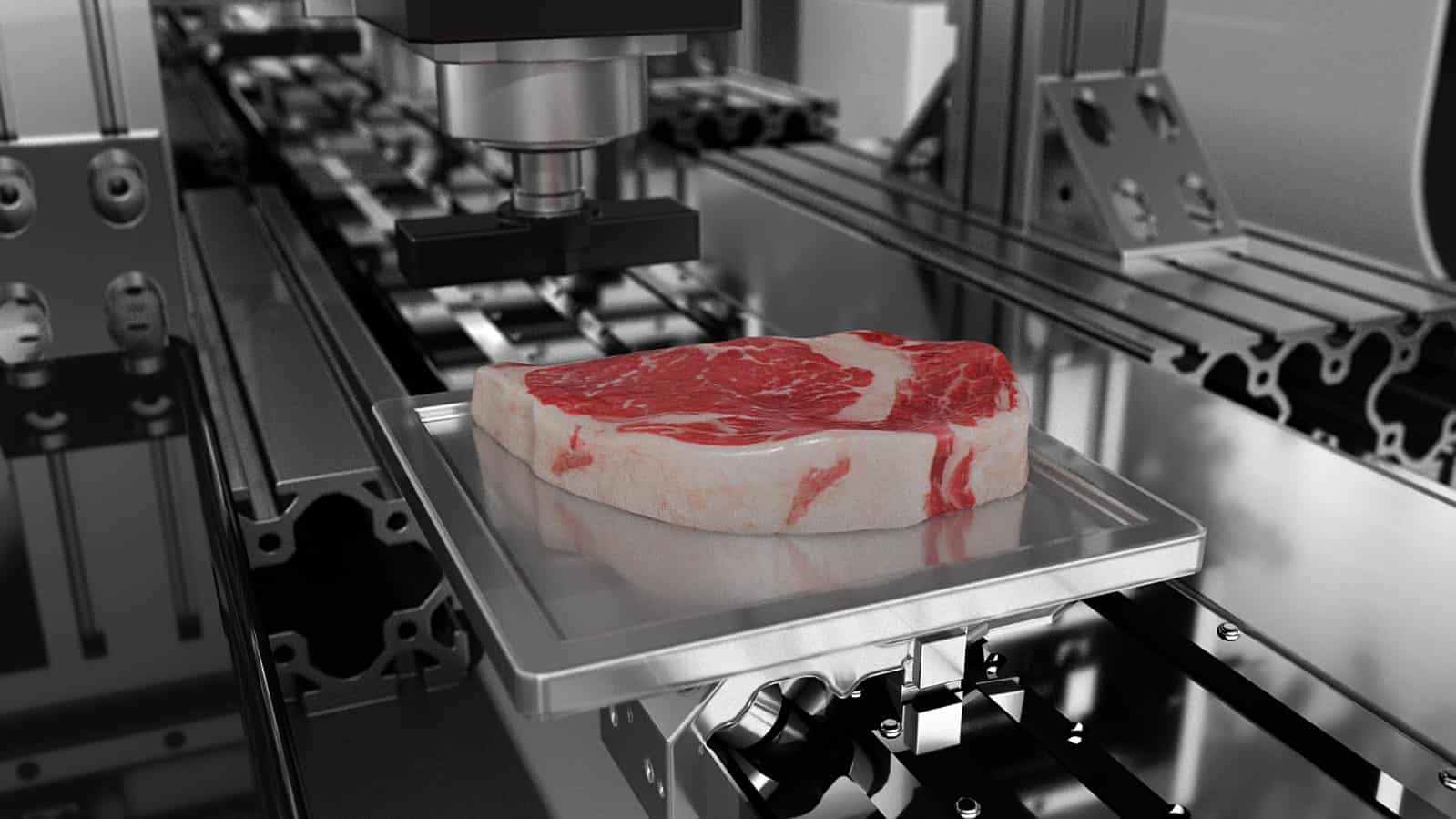Sponsored Content by Hamilton Company
Reviewed by Aimee Molineux
The concept of cultivated meat (also referred to as cell-based or cultured meat) has existed for about 20 years, with the first cultivated tissue created in 2000–2001 by two different academic research groups.
NASA funded one research group and was seeking a way to produce muscle protein for astronauts who were undertaking long-term space travel, while the other group consisted of “bioartists”.1

As meat is made of cells, the focus is on cell culture manufacturing, which entails essentially the same processes that are widely employed for the manufacture of monoclonal antibodies (mAbs) or stem cell therapies.
Instead of expressing a drug substance from cultured cells like mAb production, the aim is to produce the correct types of cells in the correct quantities. This is similar to what is involved in stem cell applications.
The cultured meat is created in a bioreactor by utilizing living cells extracted from the relevant animal species in culture media and supplied with the appropriate feeds and supplements to support the growth and maintenance of the viability and health of the cells.
The challenge is to package the manufactured cells to look (and taste) like animal-based hamburger, steak, or sushi products to meet consumers’ expectations and do so at a competitive price.
Two decades ago, the first cultivated meat hamburger cost approximately $330,000.2 By early 2022, the price had significantly reduced to $9.80, but cultivated meat continues to be more costly than animal-based meat, with the average production cost of an animal-based hamburger worldwide being approximately $2.2

Recent regulatory developments
A key challenge encountered by the cultivated meat industry was recently partly addressed when the FDA (Food and Drug Administration) reported in March 2023 that it had completed a secondary pre-market consultation for a human food produced from cultured animal cells by GOOD Meat.
GOOD meat is a firm that uses living cells from chickens to manufacture cultured animal cell food.3
Although this voluntary pre-market consultation was not an approval process, it did involve evaluating the production process, including establishing cell lines and cell banks, manufacturing controls, and all inputs and components.
The FDA found no issues from this consultation, which is a significant first step toward the production and sale of cultivated food products being allowed in the United States. At present, only Singapore allows the sale of cultivated meat.
To be sold in the US, human food that is produced from cultured animal cells must meet the exact strict FDA requirements as other food, including applicable safety requirements and facility registration.

Any company that manufactures cultivated meat products is also required to pass a facility inspection by the United States Department of Agriculture’s Food Safety and Inspection Service (USDA-FSIS) prior to entering the US market.
As the commercialization of cultivated meat products nears, the FDA works closely with USDA-FSIS to guarantee that the products are safe and accurately labeled.4 The two agencies jointly regulate any food produced from cultured cells of livestock and poultry under a formal agreement that was established in March 2019.5
References
- Stephens, Neil, Alexandra E. Sexton and Clemens Driessen. “Making Sense of Making Meat: Key Moments in the First 20 Years of Tissue Engineering Muscle to Make Food.” Front. Sustain. Food Syst. 10 Jul. 2019, Sec. Sustainable Food Processing.
- Bandoim, Lana. “Making Meat Affordable: Progress Since The $330,000 Lab-Grown Burger. Forbes. 8 Mar. 2022.
- FDA Completes Second Pre-Market Consultation for Human Food Made Using Animal Cell Culture Technology. U.S. Food and Drug Administration. Constituent Update. 21 Mar. 2023.
- “Human Food Made with Cultured Animal Cells.” U.S. Food and Drug Administration. Constituent Update. 21 Mar. 2023.
- Formal Agreement Between FDA and USDA Regarding Oversight of Human Food Produced Using Animal Cell Technology Derived from Cell Lines of USDA-amenable Species. U.S. Food and Drug Administration. 7 Mar. 2019.
** Click here to read the full-text **









